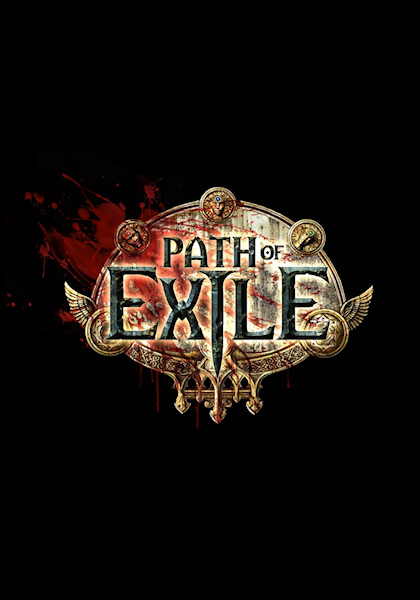Path of Exile Preview
-
Category: PreviewsHits: 26362

Article Index
Page 1 of 2
Path of Exile is an upcoming point-and-click action role-playing game from Grinding Gear Games. It's planned to be a free-to-play title with "ethical" micro-transactions (where you can pay real money for some items, but those items only change your appearance and not your capabilities in the game). At the moment, Path of Exile is in closed beta, and it appears to be somewhere over halfway complete. I spent a couple of weeks playing the game, and in the following pages I'll try to give you an idea of what it's like, how it differs from other action RPGs, and, ultimately, why it might be worth your time. Path of Exile combines some tried-and-true game mechanics with some new ideas. When you start up the game, you might notice that it has a 3D engine, but then it locks you into an isometric view, and so it looks like dozens of other action role-playing games. It also has a familiar interface. You left click to move, you left click to attack, you hold down the left mouse button to continue attacking, you hold down the shift key to attack without moving, you right click to use a skill, you press the alt key to highlight objects on the ground, and so forth. If you've played any point-and-click action role-playing game in the last dozen years (and especially Diablo II), then you can probably jump right into Path of Exile and start playing it without any problem.
What makes Path of Exile stand out from the competition is its unique take on several of the genre's more intricate details. For example, while it currently has five classes (six are planned), including ranger, witch, and marauder, the classes don't really put any restrictions on your character. A witch doesn't have to focus on spells, and a marauder doesn't have to rely on heavy weapons and armor. The only elements that your choice of class changes are your starting ability scores (strength, dexterity and intelligence), some of your quest rewards, and your starting position on the passive skills board.
Speaking of skills, that's another area where Path of Exile is unique. Active skills only appear on gems (which you find as you play the game), and then you have to socket them into your equipment to use them. That means when you look for equipment, you have to pay attention to the sockets in the items as well as the stats, to make sure that you can support all of the skills you want to use. Plus, along with skill gems, there are also support gems, which improve any skills gems that they're connected to on an item. For example, one support gem adds cold damage to skills, and so it's worthwhile to find equipment with as many sockets as possible so you can add cold damage to as many of your skills as possible. Sockets are color-coded for different skills (dexterity skills are green, strength skills are red, and intelligence skills are blue), and skill gems gain experience as you do (to a maximum level of 7), adding to the complexity.
There are also a host of passive skills in the game, arranged on a grand board that looks like the craziest game ever invented. Your class determines your starting position on the board, but then you're free to move in any direction you want. I primarily played a ranger in the game, and a lot of the skill nodes in my part of the board were for dexterity bonuses and bow bonuses. There are also some special nodes that give new abilities, like a knockback effect on critical strikes and a piercing effect on arrows. As sort of a wild guess (I tried counting but then quickly gave up), I'd say that there are well over 500 nodes on the board, and so it's a good idea to take a close look at it when you start your character, and then plan out some routes to take.


